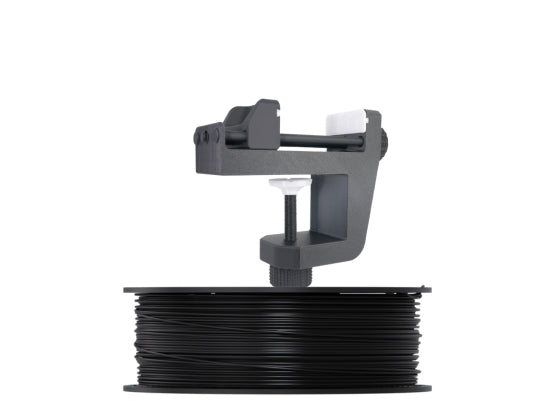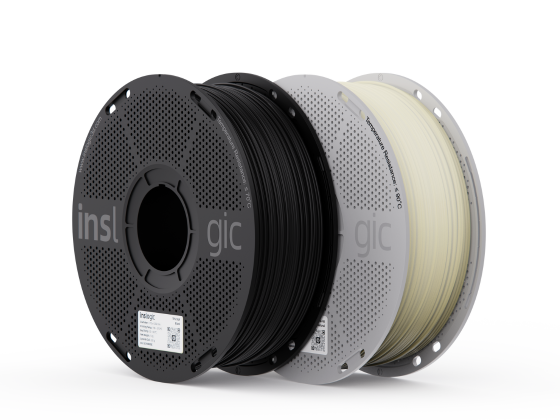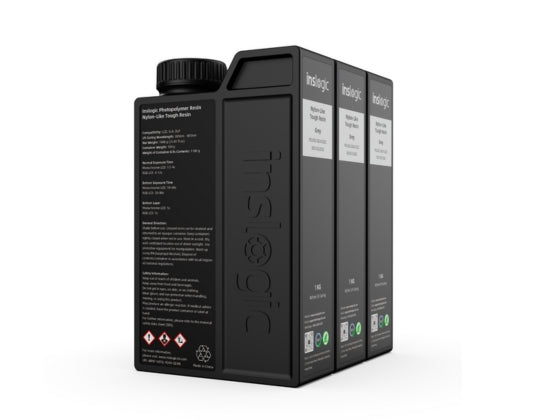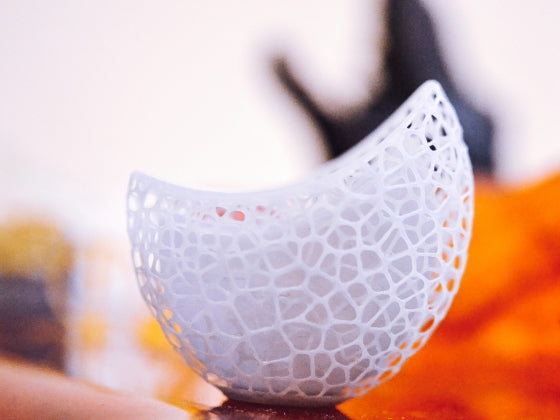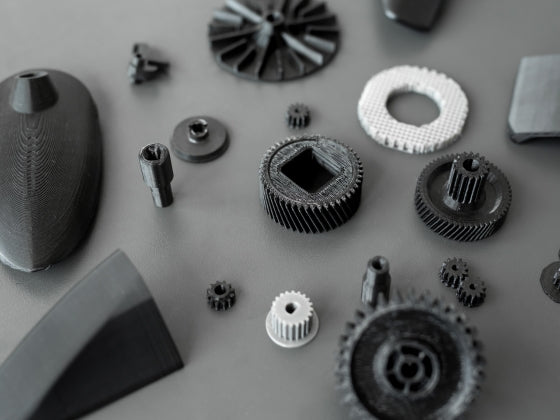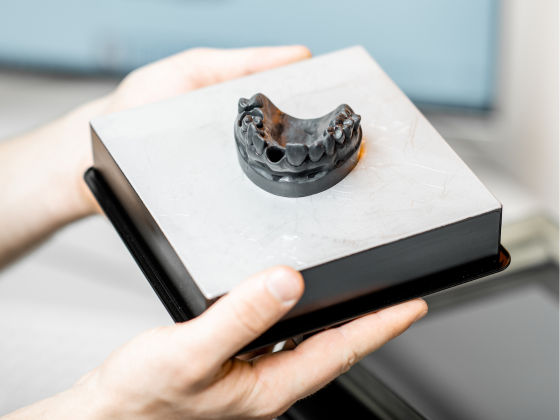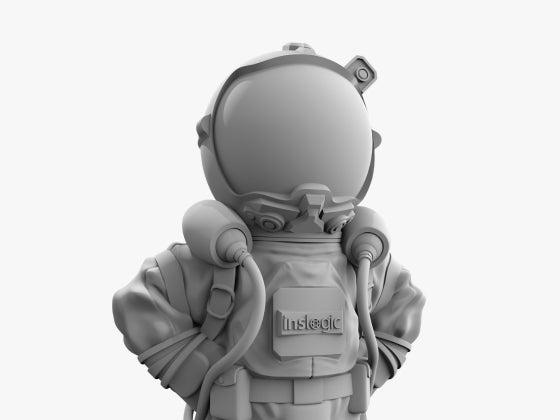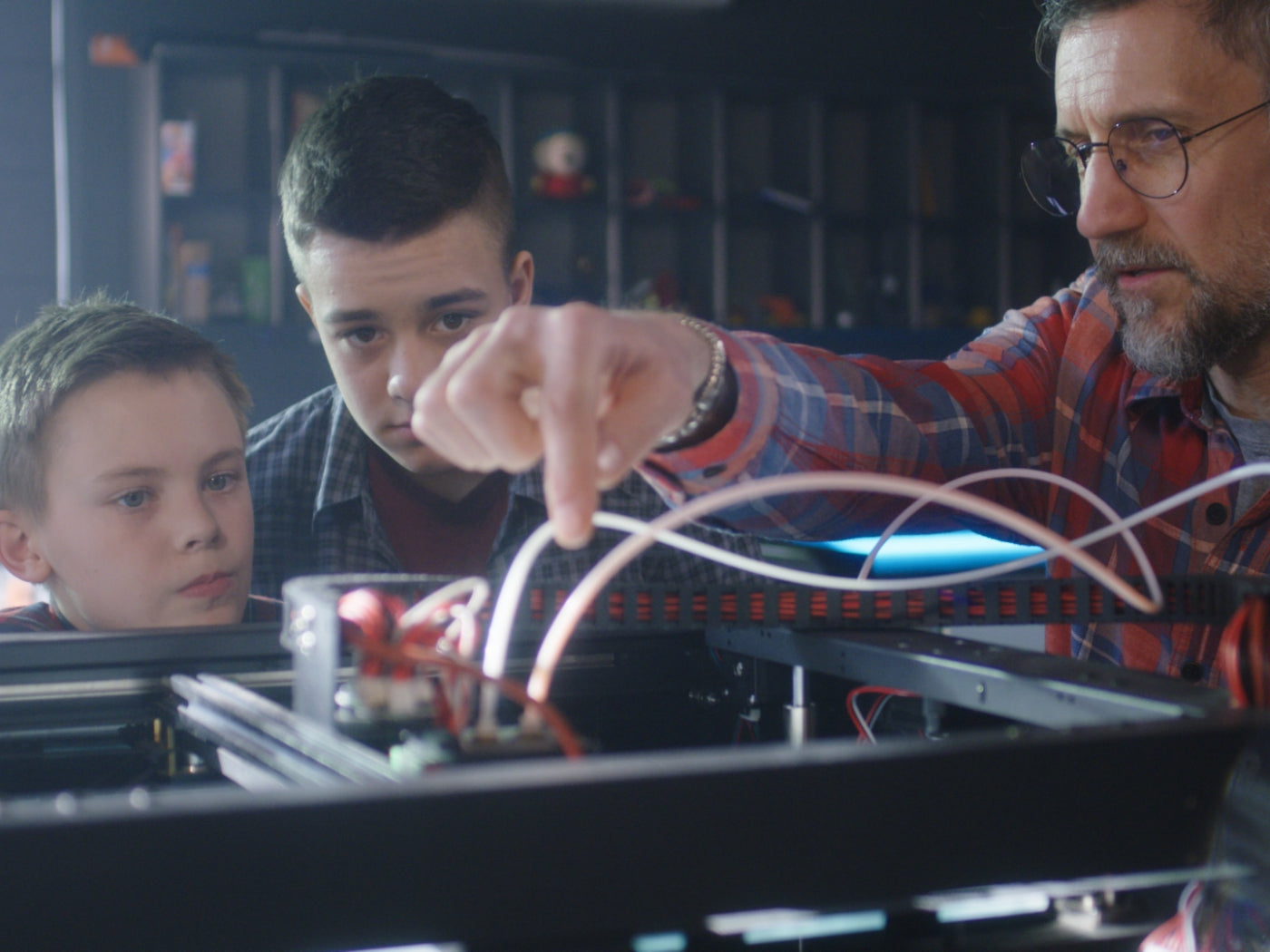Filament can be affected by environmental conditions such as temperature, humidity levels, exposure to UV light, and dust. Proper storage of filament is crucial because it helps maintain the filament’s quality and extend its shelf life, thus leading to the success and quality of your 3D prints. In this article, we will explore the importance of storing filament correctly and share some best practices to ensure your filament remains in optimal condition.
Why You Should Care About Filament Storage?
Have you experienced anything listed below? Your filaments got affected, and your printing results aren’t pretty.
- Filament degradation
- Increased brittleness
- Diameter augmentation
- Filament bubbling/hissing steam at the hot-end
- Printer/nozzle jams
- Higher temperature required for extrusion
- Weak filament & breakage
If yes, it’s time to change the way you protect your filament.
When filament becomes unusable due to poor storage conditions, it also leads to unnecessary waste and additional expenses. Hence, proper filament storage is key to achieving quality print results.
What Makes Your Filament Wear Down?
- Temperature. Filament should be stored in a cool and stable temperature environment. High temperatures can cause filament to soften or warp, making it difficult to print with. On the other hand, very low temperatures can make the filament brittle and prone to breaking. Aim for a temperature range of 15-25 degrees Celsius (59-77 degrees Fahrenheit) for best results.
- Humidity. Filament can absorb moisture from the air, leading to print defects such as poor layer adhesion, bubbling, or even filament popping. Therefore, you should store your filament in a dry environment with a humidity level of 35-50%.
- UV Exposure. UV light can degrade filament over time, causing color fading or discoloration. If your filament is on a spool that exposes it to light, consider wrapping it with aluminum foil or storing it in an opaque bag to protect it from UV rays.
- Dust and Contaminants. Dust and contaminants can lead to poor print quality and clogged extruders. Also, handling filament with dirty or oily hands will increase contamination. Thus, it’s important to store your filament in a sealed container or bag to keep it dust-free.
Best Ways To Store 3D Printer Filament
The following are some of the best filament storage options we recommend.
1. Use Filament Dryer
Filament dryers are specifically designed to maintain low humidity levels and protect filament from moisture absorption. They have a built-in dehydrator that can help dry out moisture from filaments that have already been exposed to the atmosphere. A filament dryer can be a great investment if you frequently work with moisture-sensitive filament or live in a highly humid environment. It creates an ideal filament storage environment for you. For example, the SUNLU FilaDryer S4 is a filament dryer that can dry and store four spools all at once.
Pros: easy to use, convenient
Cons: may not be financially viable if you want to store many filament spools together.

Source: SUNLU S4 FilaDryer
2. Use Filament Storage Box
The RepBox is a professional filament storage option that can hold up to six 1 kg spools in a sealed acrylic case. Each spool has its own hole, allowing it to feed directly to your printer for printing. The RepBox also features a hygrometer and thermometer for measuring humidity and temperature within the box.
Pros: easy to use, convenient, can store many filament spools all at once
Cons: expensive
 Source: Repkord
Source: Repkord
3. Use Vacuum-Sealed Bags
Vacuum-sealed bags can keep all types of moisture, odors, bugs, and mildew away from your filament. These bags can be sealed using a vacuum sealer to remove air and create a tight seal, preventing moisture and contaminants from affecting the filament. You can fit several filament spools in one vacuum bag and use a vacuum valve to suck the air out. To use your filament, you’ll have to take it out of the bag and reseal it afterward.
Keep in mind that it's better to secure the filament’s sharp end, as it may easily pierce a hole in the vacuum bags, exposing the filament to the moist air you’re trying to protect it from.
Pros: cheap, easy to use, durable
Cons: may be easy to break during usage
 3D Printer Filament Storage Vacuum Bag
3D Printer Filament Storage Vacuum Bag
4. Use Air-tight Buckets or Containers
This is an alternative to vacuum-sealed bags and is super easy to obtain from a home hardware store.
Every filament order includes a ziplock bag. You can store your spool in this bag with the included desiccant from every spool. Alternatively, you may want to consider getting a larger airtight container with multiple desiccant packs. Store all filaments in an airtight container away from direct sunlight.
Pros: cheap, easy to use, can store many filament spools at the same time
Cons: not convenient to access the filament at the bottom
 Source: 3D Print Files
Source: 3D Print Files
Naturally, if you have too much filament and forget to use all of it, or simply aren't using the ones you have, the quality will degrade over time irrespective of the steps you take to keep moisture away. If your filament gets wet, you need to dry it before using. Therefore, it is suggested to make sure to use it all within a couple of weeks or months.
Also, it’s not easy to know how to care for and store each one differently. If you don’t have many opened filament spools available, consider a purpose-built filament dryer as your best option. If you have many filament spools, we recommend storing each filament in a vacuum-sealed bag and placing it in an airtight container. Lastly, keep your airtight container in a dry, cool place out of direct sunlight. Use the filament dryer when needed.

